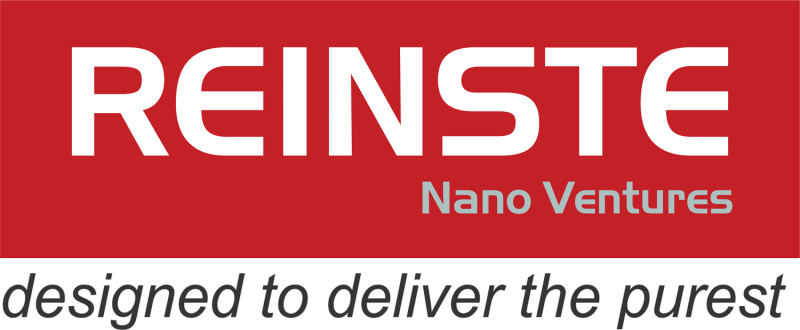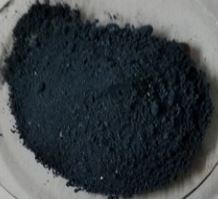The Invisible Threat on Our Walls
In a country like India, with its diverse and often humid climates, surfaces in our homes, offices, and public spaces are prime breeding grounds for a host of microorganisms. Mold, mildew, fungi, and bacteria don't just cause unsightly stains and odors; they pose significant health risks, contributing to allergies, respiratory issues, and infections. For decades, the solution was frequent cleaning with harsh chemicals, an approach that is both temporary and environmentally taxing.
Enter the age of nanotechnology. Today, Indian researchers and industries are at the forefront of adopting innovative solutions to create healthier, safer environments. One of the most promising advancements in this domain is the development of **nanosilver-based antimicrobial additives for paints**. By incorporating a potent **silver paint additive**, a simple coat of paint can now provide active, continuous protection, turning passive walls into an active defense mechanism against microbial contamination.
This guide is designed for the Indian R&D community and paint industry professionals, offering a deep dive into the science, applications, and immense opportunities presented by the **nano paint enhancer**. We will explore how this technology works, its tangible benefits, and why it's becoming an indispensable component in modern architectural and industrial coatings.
Why Nanosilver? Key Benefits for Researchers & Formulators
For scientists and product developers in the coatings industry, nanosilver additives offer a compelling set of advantages that open up new avenues for innovation.
- **Broad-Spectrum Efficacy:** Nanosilver is effective against a wide range of microorganisms, including gram-positive and gram-negative bacteria, mold, and fungi. This allows for the development of a single, powerful **antimicrobial paint** solution for diverse environments.
- **Extreme Efficiency at Low Concentrations:** The high surface-area-to-volume ratio of nanoparticles means that a very small amount of the **silver anti-mold** additive is needed to achieve high performance. This makes it a cost-effective and minimally intrusive **antimicrobial pigment**.
- **Long-Lasting Durability:** Unlike topical treatments, nanosilver particles are integrated into the paint matrix. This provides a durable **nano wall finish** where the antimicrobial effect lasts for the entire lifespan of the paint, offering a sustained release of silver ions.
- **Excellent Formulation Compatibility:** Modern additives are available as stable dispersions (a **silver emulsion**) that are easily incorporated into water-based and solvent-based paint systems without significantly altering viscosity, color, or drying time. This simplifies the R&D process for creating a new **nano interior paint**.
Transforming Industries: Key Applications
Healthcare & Hospitals
Infection control is paramount. A **silver wall coating** in hospitals, clinics, and labs helps create sterile environments by continuously reducing the microbial load on walls, ceilings, and other surfaces, complementing standard cleaning protocols.
Homes & Residential Spaces
For kitchens, bathrooms, and children's rooms, a **silver anti-mold** paint prevents the growth of harmful mold and bacteria. This ensures better indoor air quality and a healthier living space for families, especially in humid regions.
Food Processing & Storage
Maintaining hygiene in food processing plants and storage facilities is critical. An **antimicrobial paint** with a nanosilver additive prevents cross-contamination from surfaces, enhancing food safety and extending shelf life.
Public & Commercial Buildings
High-traffic areas like schools, airports, and offices benefit immensely from a durable **nano wall finish**. It reduces the spread of germs on walls and high-touch surfaces, contributing to public health and reducing absenteeism.
The Indian Market: A Fertile Ground for Nanosilver Innovation
The demand for advanced hygiene solutions in India is skyrocketing, driven by increased health awareness post-pandemic, government initiatives like the Swachh Bharat Mission, and the growth of smart cities. This creates a massive opportunity for the Indian paint and coatings industry to innovate with products like **nano interior paint** and specialized **silver wall coatings**.
Researchers can leverage this trend by focusing on developing localized solutions. This includes formulating additives optimized for the Indian climate, ensuring compatibility with locally manufactured paint bases (like **silver emulsion** paints), and exploring cost-effective production methods aligned with the "Make in India" initiative. The market is ripe for high-performance, value-added products that go beyond simple aesthetics. A paint that actively contributes to health and safety is no longer a luxury but an expectation.
The integration of a **nanosilver additive** is a key differentiator. It allows manufacturers to market their products as premium, high-tech solutions for a health-conscious consumer base. From residential projects to large-scale infrastructure, the application of a **nano paint enhancer** is set to become a standard for quality and safety in the Indian construction and renovation sectors.
Frequently Asked Questions
Ready to Innovate?
Advance your research and product development with high-purity nanosilver additives. Contact our specialists today for technical specifications, samples, or a quote for your project.
Contact Us Now



